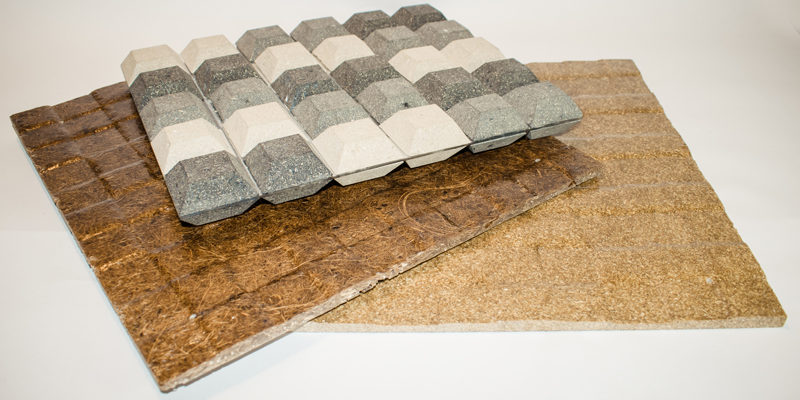
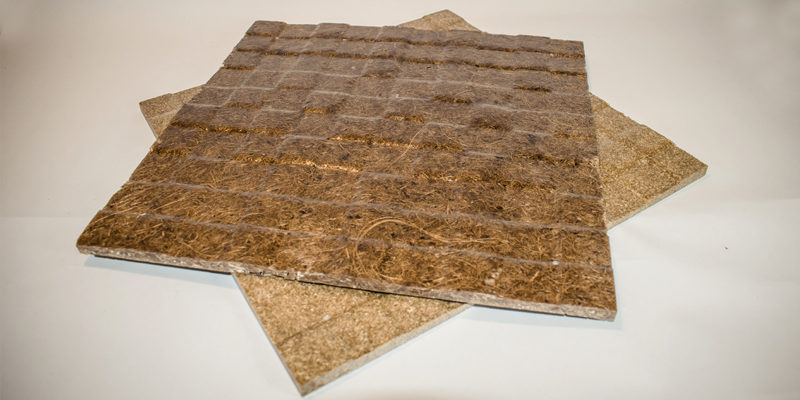
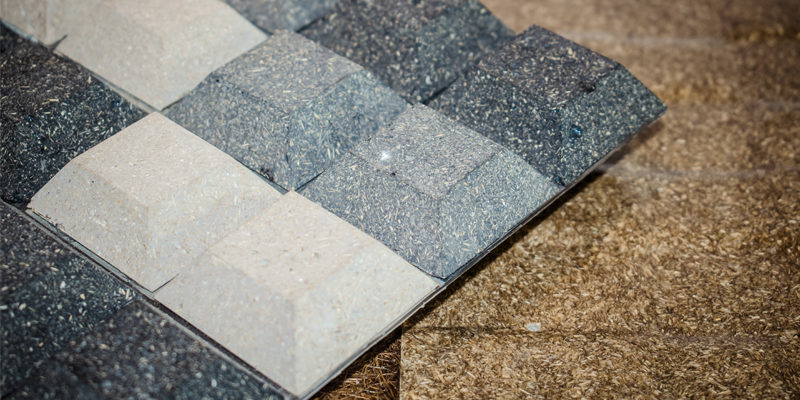
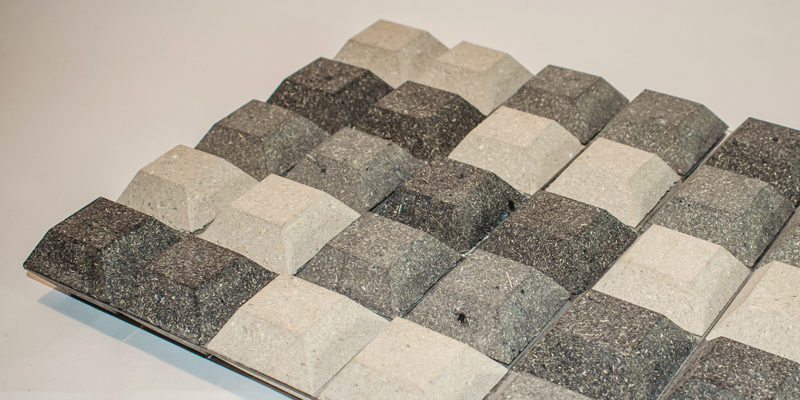
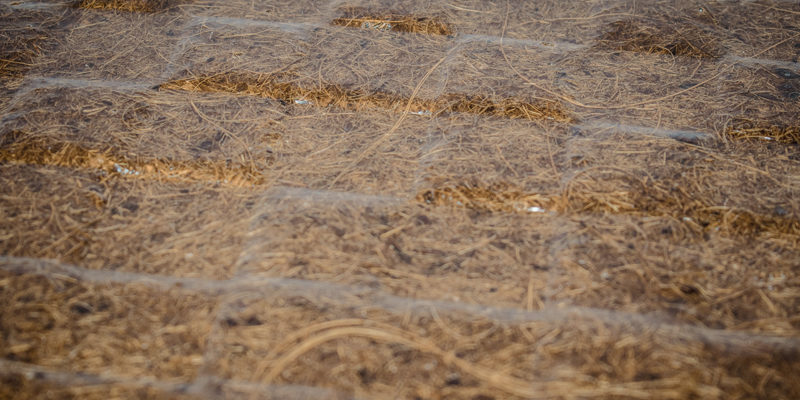
These products are manufactured of recycled agricultural natural fibres including straw fibres and coconut-fibres, combined by bio-resins. The natural fibres are combined separately with the bio-resins and casted in custom-designed moulds to achieve the final wave-form pattern needed. Different wave designs were applied: once with different colour patterns and once through applying the natural fibres’ original colours as a main bio-design aspect within the final product’s outcome. The products can be used in non-structural facade cladding systems and in interior-claddings. The STRAWave panels are around 400 x 400 mm.
Diese Produkte sind aus recycelten landwirtschaftlichen natürlichen Fasern, einschließlich Strohfasern und Kokosnussfasern, in Kombination mit Bio-Harzen hergestellt. Die natürlichen Fasern sind separat mit Bio-Harzen kombiniert und in maßgeschneiderten Formen geformt, um die benötigte endgültige Wellenform als Muster zu erreichen. Verschiedene Wellenmuster wurden angewendet: Eines mit verschiedenen Farbmustern und eines mit der Verwendung der Originalfarben der Fasern als hauptsächlicher biologischer Aspekt des endgültigen Produktes. Das Produkt kann als nichtstrukturelle Fassadenverkleidung und als Innenverkleidung verwendet werden. Die STRAWave Platte haben ungefähre Maße von 400 x 400 mm.
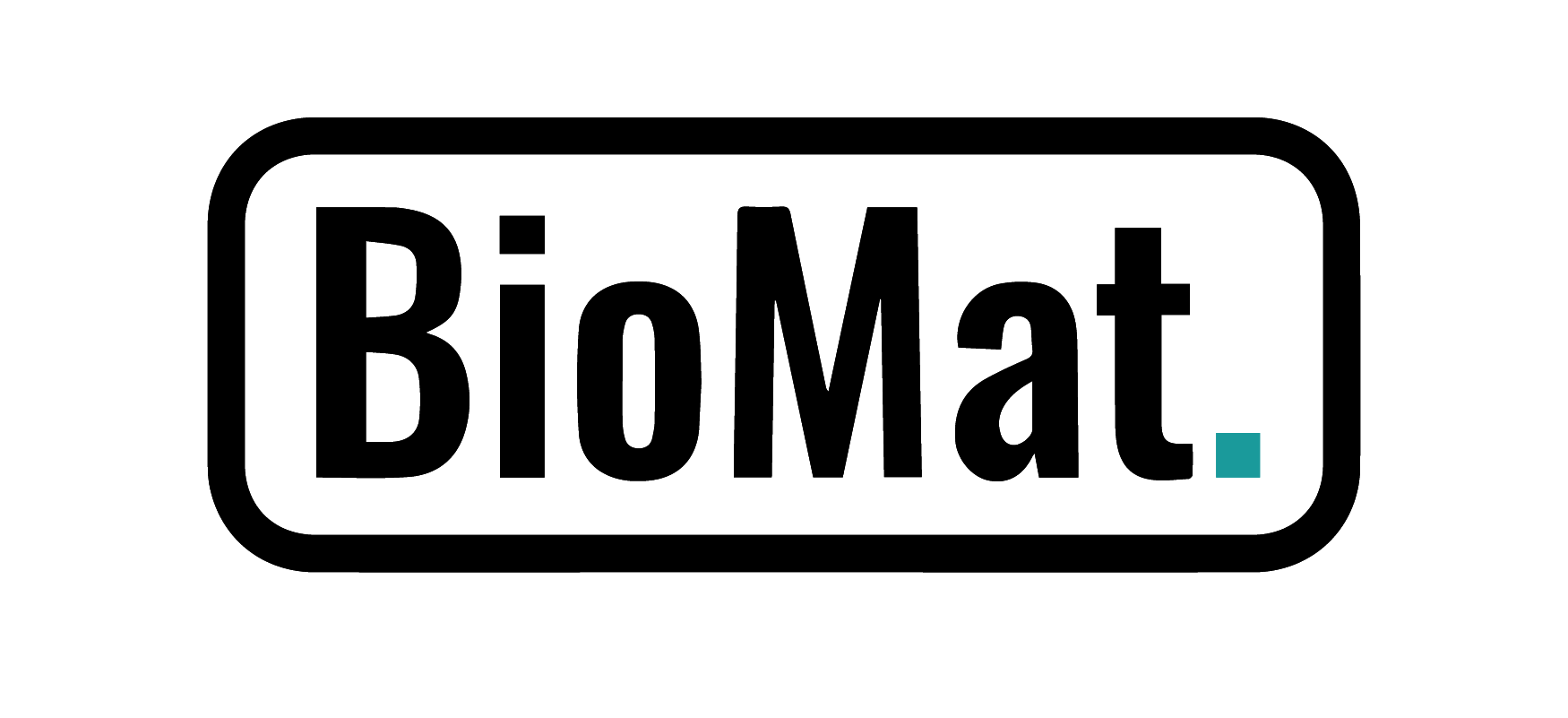


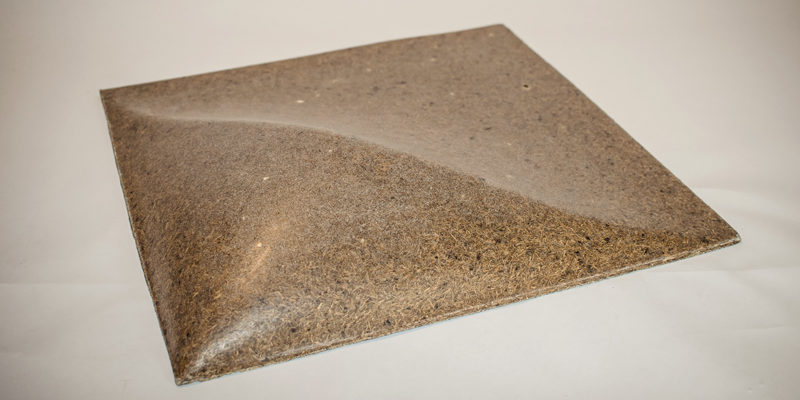
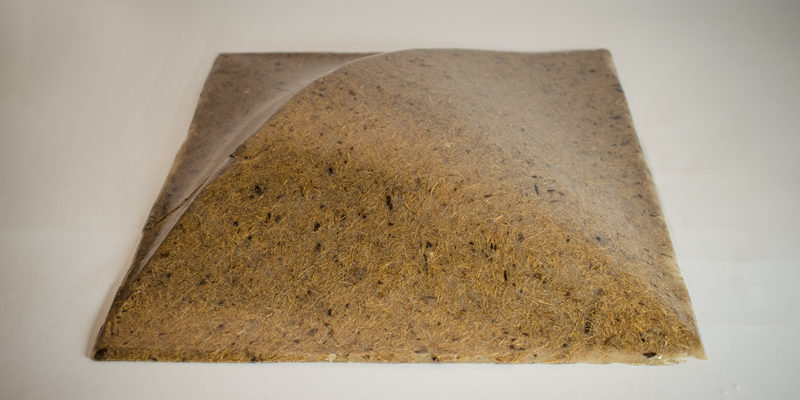
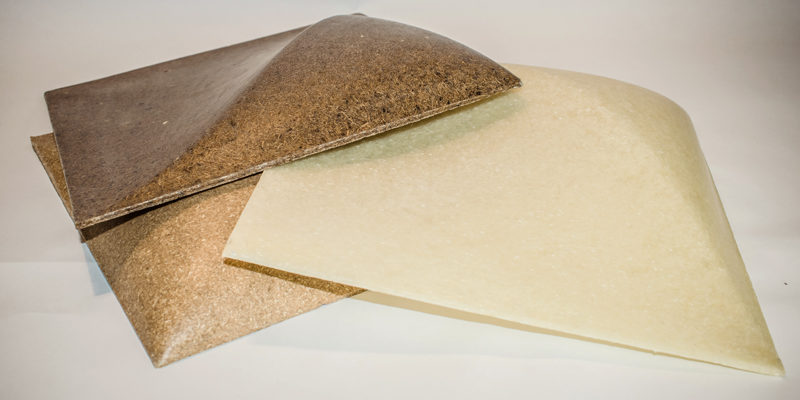
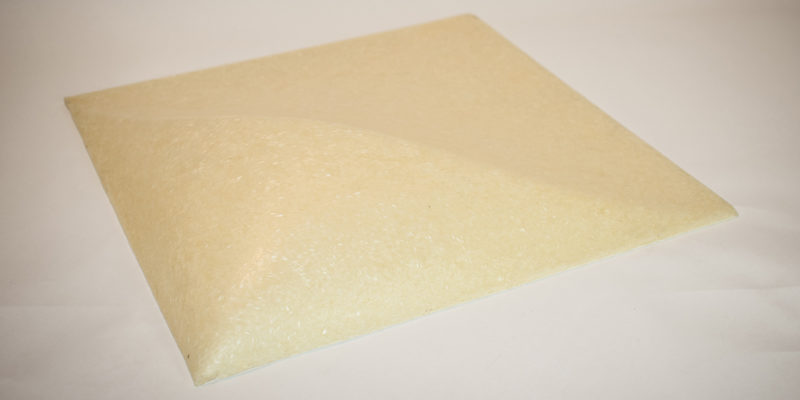

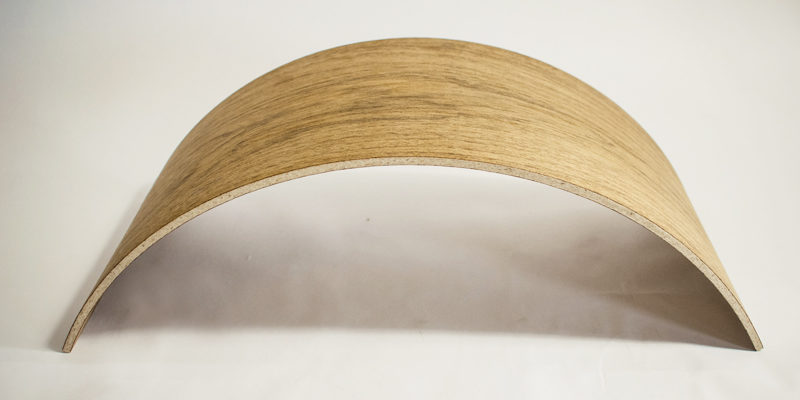
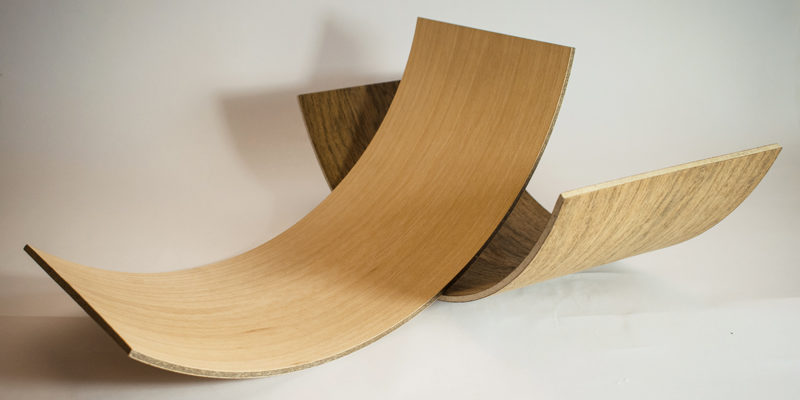
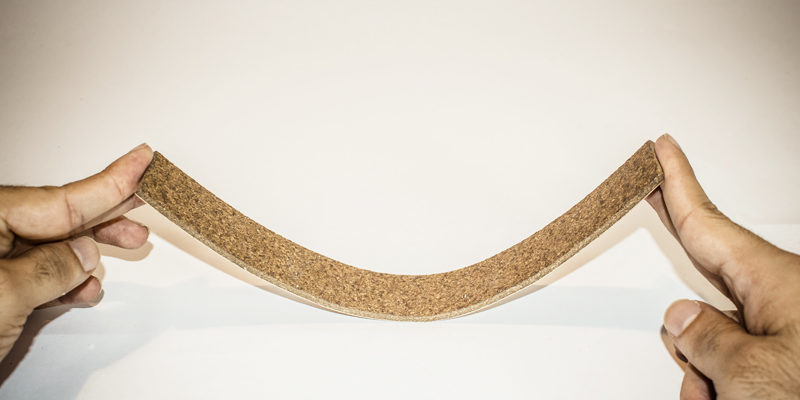
Recent Comments